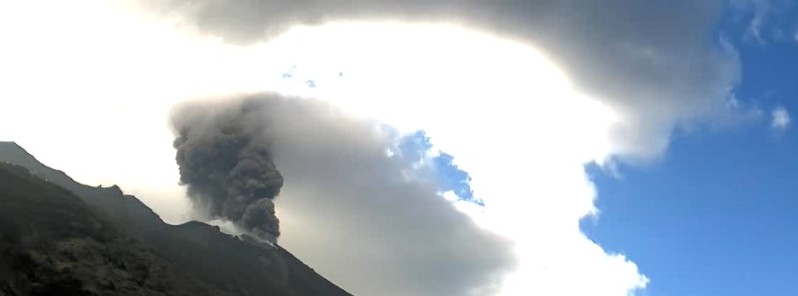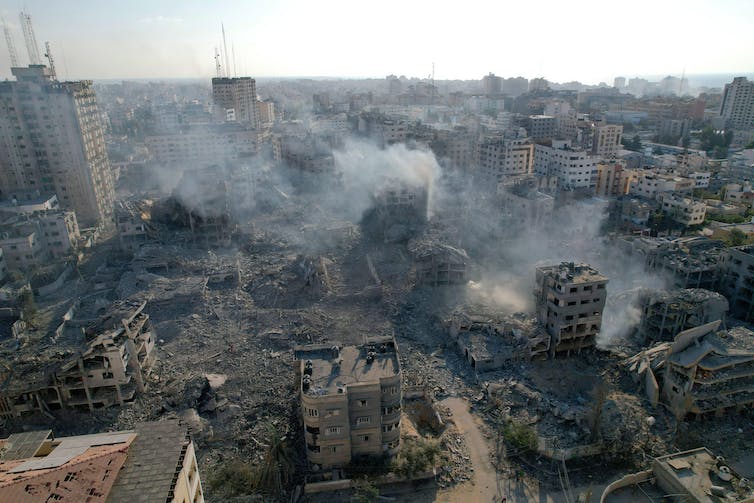An explosive sequence at the Stromboli volcano in Italy on January 30, 2023, caused the launch of coarse pyroclastic material several hundred meters above the crater.
A seismic signal lasting approximately 3 minutes related to the higher intensity explosion started at 09:07 UTC, according to Etna Observatory.1
From a seismic point of view the average width of the volcanic tremor, in conjunction with this phenomenon, has increased to high values.
The explosion also produced a cloud of ash which the high-altitude winds quickly dispersed in a southerly direction.
GNSS and clinometric monitoring networks do not record significant changes.
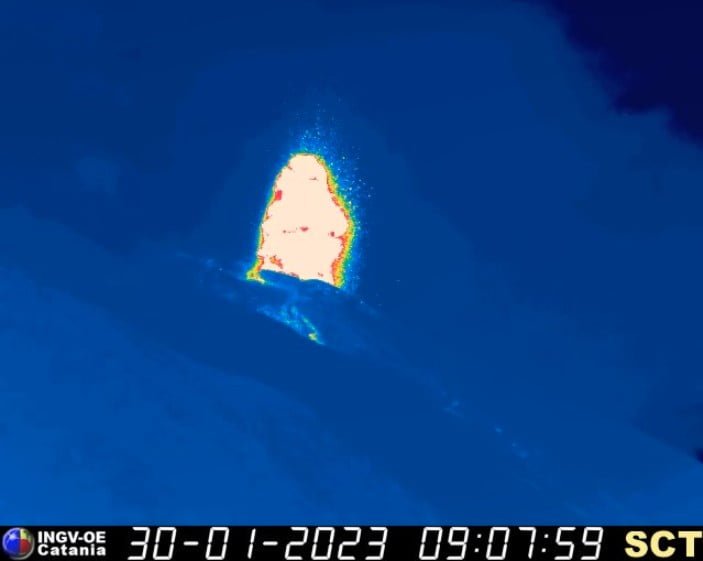
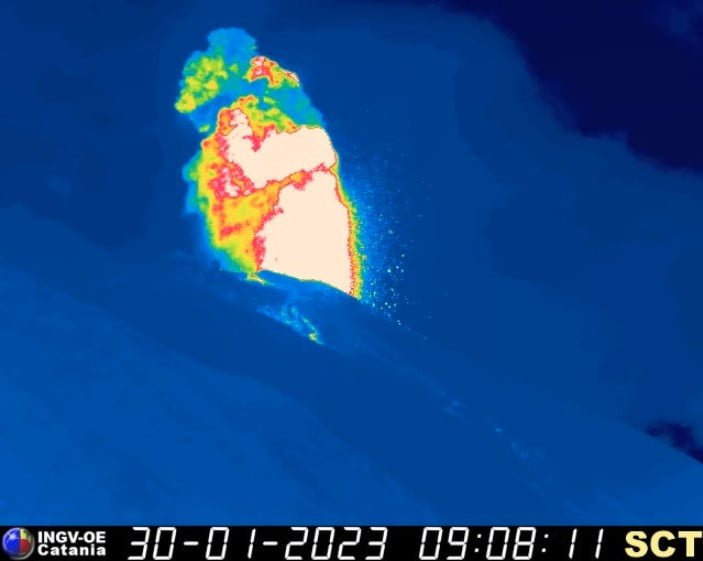
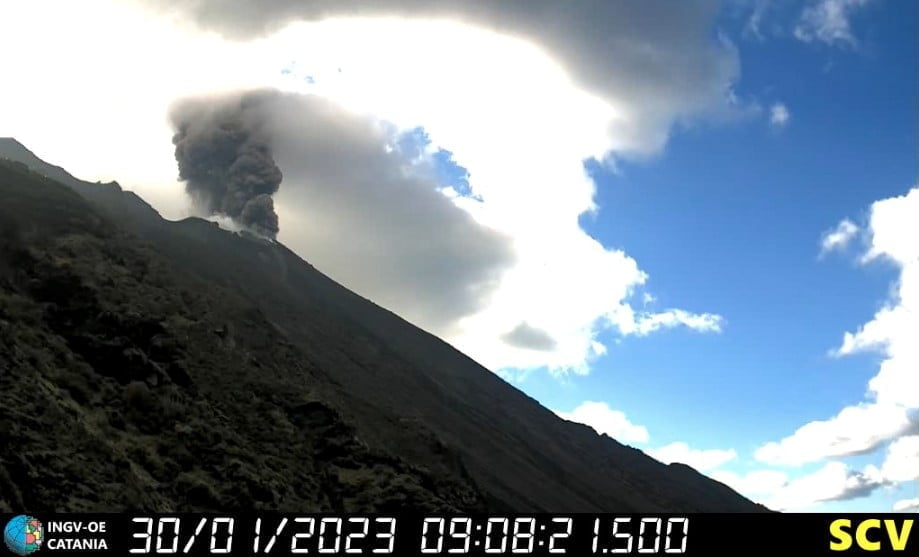
An intense explosion was registered at 14:16 UTC on December 4, 2022, as well as several smaller pyroclastic flows at 14:31 UTC along the upper part of the Sciara del Fuoco.
These events were followed by a very large pyroclastic flow at 15:19 UTC, producing abundant ash which temporarily blocked the view of the summit area.
The flow quickly descended the Sciara del Fuoco and reached the sea, producing a local tsunami that reached a height of 1.5 m (4.9 feet).
According to research published recently in Nature Communications, the internal ‘plumbing’ system of the Stromboli volcano in Italy may have changed in 2019, allowing magma from deep beneath the surface to rise more easily and result in violent and unpredictable blasts.
The research follows a series of surprisingly strong eruptions and paroxysms in 2019.
Geological summary
Spectacular incandescent nighttime explosions at this volcano have long attracted visitors to the “Lighthouse of the Mediterranean.”
Stromboli, the NE-most of the Aeolian Islands, has lent its name to the frequent mild explosive activity that has characterized its eruptions throughout much of historical time.
The small, 924-m-high (3 031 feet) island is the emergent summit of a volcano that grew in two main eruptive cycles, the last of which formed the western portion of the island.
The Neostromboli eruptive period from about 13 000 to 5 000 years ago was followed by formation of the modern Stromboli edifice. The active summit vents are located at the head of the Sciara del Fuoco, a prominent horseshoe-shaped scarp formed about 5 000 years ago as a result of the most recent of a series of slope failures that extend to below sea level.
The modern volcano has been constructed within this scarp, which funnels pyroclastic ejecta and lava flows to the NW. Essentially continuous mild strombolian explosions, sometimes accompanied by lava flows, have been recorded for more than a millennium.2
1 COMUNICATO STROMBOLI – INGV – January 23, 2023
2 Stromboli – Geological summary – GVP

